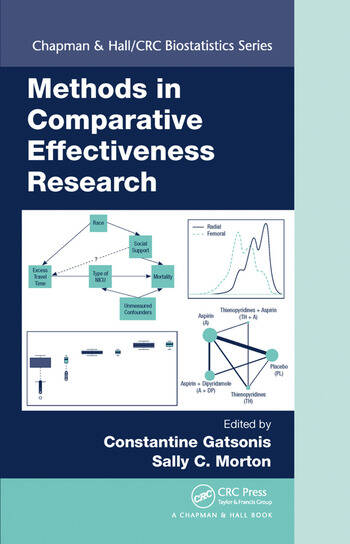Fa uns mesos parlava del llibre anterior de Richard Layard, "Podem ser més feliços?", ara el seu darrer llibre és un compendi del que ell en diu ciència del benestar. Jo no sé ben bé si és una ciència, però el que si és cert és que el tema és prou interessant com per fer-hi una ullada. Aquí el trobareu en accés obert. El primer que cal fer és mirar l'índex:
Part I. The Case for Wellbeing:
1. What subjective wellbeing is and why it matters
2. Wellbeing as the goal for society
Part II. Human Nature and Wellbeing:
3. How our behaviour affects our wellbeing
4. How our thoughts affect our wellbeing
5. Our bodies, our genes and our wellbeing
Part III. How Our Experience Affects Our Wellbeing:
6. The inequality of wellbeing: some basic facts
7. Tools to explain wellbeing
8. Explaining wellbeing: a first exploration
9. Family, schooling and social media
10. Health and healthcare
11. Unemployment
12. The quality of work
13. Income
14. Community
15. The physical environment and the planet
Part IV. Government and Wellbeing:
16. How government affects wellbeing
17. How wellbeing affects voting
18. Cost effectiveness and policy choice.
L'estructura del llibre és prou clara i dedica temps a explicar el problema de les mesures de benestar, qüestió sempre controvertida.
De què depèn el benestar? Doncs d'aquests factors, diu:
The ultimate purpose of wellbeing science is to help us increase wellbeing. Hopefully, readers of this book will by now have learned a little more about themselves, which they can use to improve their own wellbeing and that of others. But what about policymakers, be they in central or local government, or in NGOs big and small? Are there steps by which wellbeing science could help them improve their contribution to human wellbeing?
Enlloc de mesurar amb QALYs, ell proposa els WELLBYs, anys de vida ajustats per benestar. I llavors proposa els llindars necessaris per a avaluar si cal una política determinada. Molt ideal tot plegat, i pendent d'elaboració a la pràctica. El títol del llibre és suggerent, el seu contingut encara té moltes qüestions pendents per desenvolupar.










